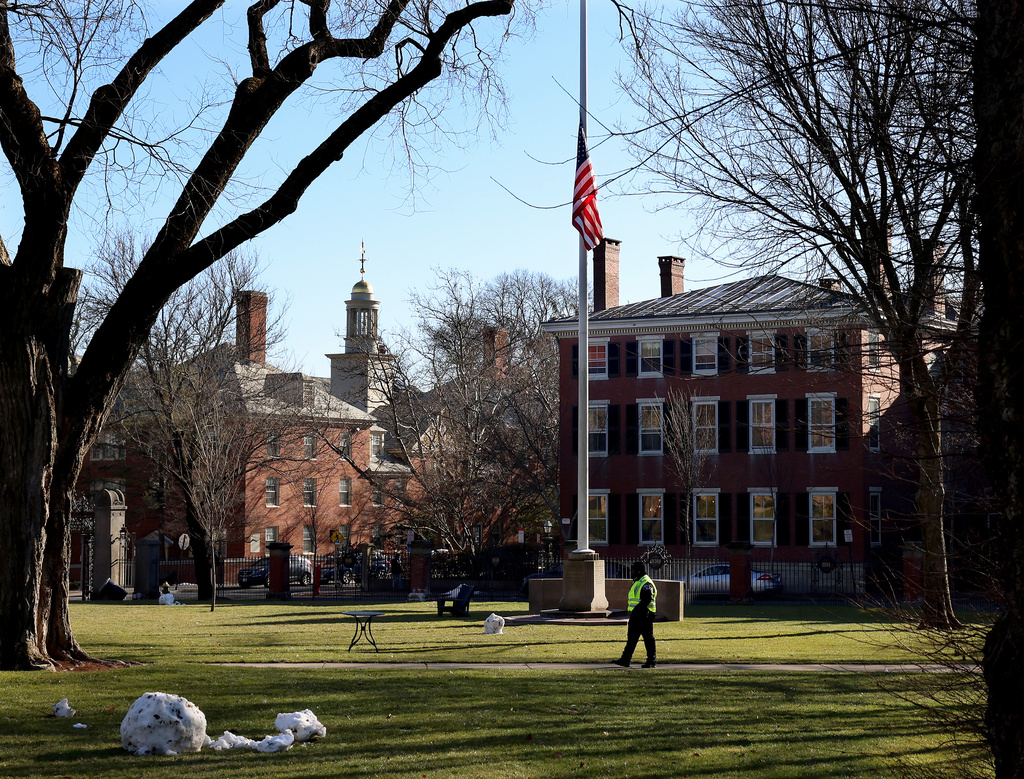The groundwater supply across the country is depleting at an alarming rate.
A new study found that groundwater supplies around the world are depleting faster than they were 40 years ago.
All of this is causing some communities to consider making farmers pay for their groundwater to help conserve resources.
There is one area of the country that is leading the way in charging growers for water and using the funds to create more supply.
The Pajaro Valley is a 10-mile-long stretch of rich agricultural soil along the coast of Monterey Bay, and home to the strawberry capital of the world, Watsonville, California.
"Ninety percent of all the crops in the Pajaro Valley use groundwater," said Marcus Mendiola with the Pajaro Valley Water Management Agency. "Ninety percent of all water needs in the valley are from groundwater. In the '90s, we began to put meters on wells, and then sometime after that, we began to charge for water that growers pump from those wells, and they all pump from the same aquifer."
Officials say the point of making farmers pay for groundwater is less about revenue than it is to get farmers to use less water.
"We think that it's fair to have a payment," said Antonio Tovar with the National Family Farm Coalition. "When you have something that is free, you abuse those resources."
Watsonville is at the center of groundwater conservation and agriculture, but its thirsty problems are found across the country.
A nationwide survey of 80,000 groundwater wells found that 45% showed a significant decline in water levels since 1940.
While American farmers elsewhere water their crops by freely pumping the groundwater beneath their land, growers in Pajaro must pay hefty fees for irrigation, making it one of the most expensive places to grow food in the country, if not the world.
Costing farmers up to $400 per acre-foot annually, the fees bring in $12 million per year and are used to recycle and conserve groundwater.
"We're delivering around 4,000 acre-feet per year," Mendiola said. "Another way of looking at that is, that's 4,000 acre-feet of groundwater that is not being pumped to irrigate this agriculture."
Faced with an economic disaster 40 years ago, Dick Peixoto, the owner of Lakeside Organic Gardens, and other growers formed a local water agency with two goals: preserve the groundwater and prevent the state of California from taking control.

EU wants to make cosmetic, drug companies pay to remove microplastics
The proposal would require producers of cosmetics, chemicals and medicines to cover at least 80% of the costs of cleaning the wastewater.
The Pajaro Valley Water Management Agency essentially levies a tax on water.
Today, as the nation faces a spreading crisis of dwindling groundwater stemming from a combination of climate change, agricultural overuse, and other issues, some experts say the Pajaro Valley is a case study in how to save this vital resource.
"So, we can afford to pay for the water; the question is, how much can we afford to pay for the water?" Peixoto said. "So, I think that if you go up and down the coast, you'll find other basins that haven't managed the basin as well as we have and are now under auspices of the state stepping in and taking control of the water. I mean, it's a factor in how we manage what we grow."
Farmers there use tarps to help keep the soil moist and reduce the amount of water they use. They also use recycled water to mitigate the use of groundwater.
Now, Peixoto says some wells that were depleted 10 to 20 years ago are starting to be used again.
But as the ambitions of the water agency increased, so did the price of the water. It is scheduled to reach $500 per acre-foot by 2025.
And Peixoto says the fees do not come without pain. He estimates he paid around $1 million this past year for water.
"The problems in the Pajaro Valley are representative of a global overdraft of groundwater, a global extraction at which is higher than is sustainable," Mendiola said. "And so many places' countries, nation states, cities are starting to wonder how they can keep doing what they're doing and/or what needs to change so they could reach sustainability so that they can continue to sustain their populations."
A handful of other water districts in California are implementing similar measures.
But for some parts of the country, experts say pricing groundwater could make growing the current crops just too expensive to continue.
"There is never going to be enough recharge to ever balance out the groundwater use," said John Tracy, the director of the Colorado Water Center at Colorado State University. "And so I think the question there needs to move away from the discussion of sustainability of the groundwater and move to the discussion of sustainability of the agricultural systems it's supporting."
"So, farmers many times have to do that decision in terms of what's going to be the investment and what's going to be the return," Tovar said.
"It's like we just need to create more supply, and [when] you're looking at it, it's like there is no more supply," Tracy said. "California is a great example. They are at the limit of what nature can produce in terms of water there."











